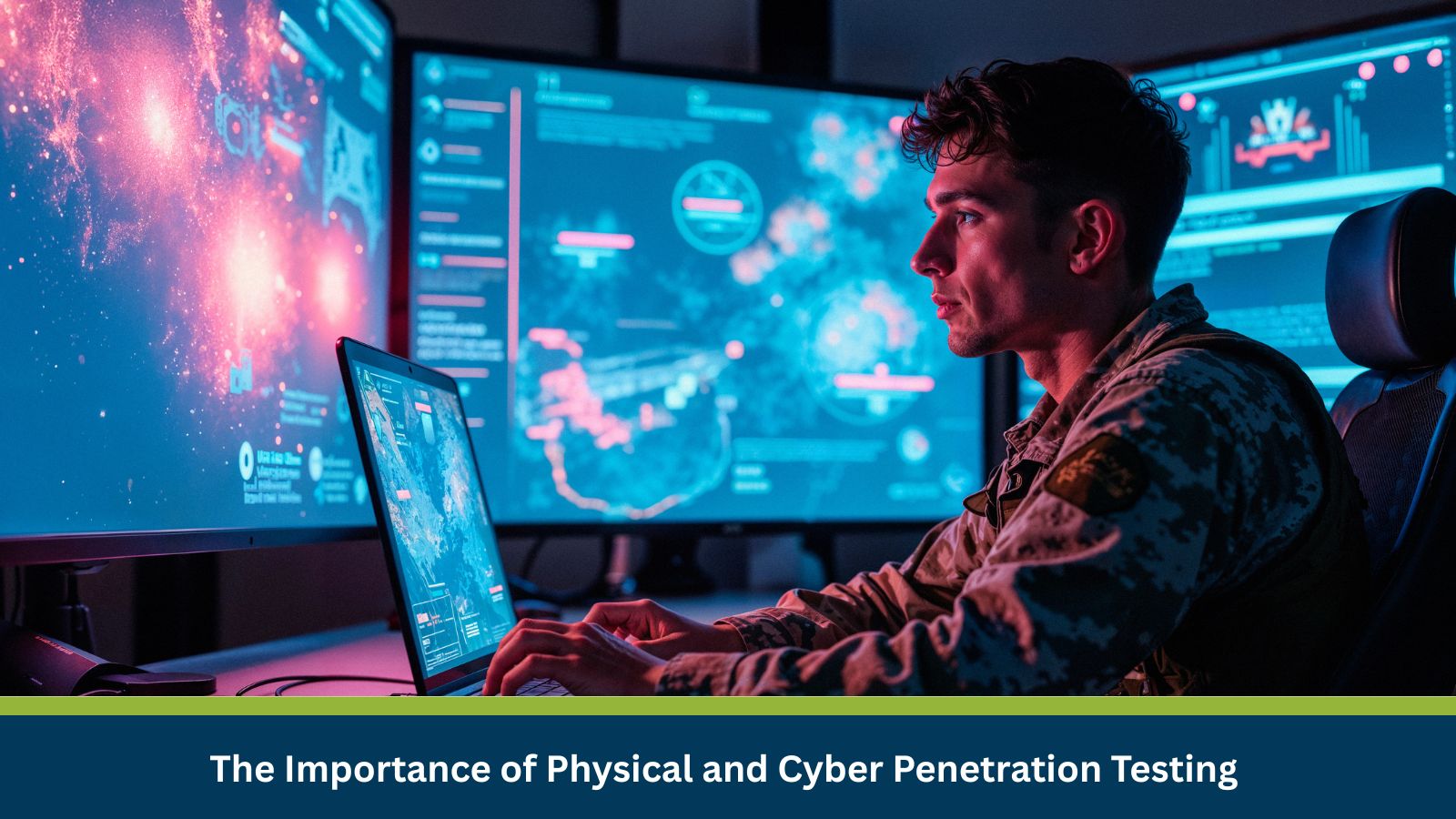As Singapore strives to be a Smart Nation, its reliance on technology and integrated digital systems has never been greater. With this increased connectivity comes the heightened risk of sophisticated threats—both in the digital realm and the physical world. To safeguard national infrastructure, sensitive data, and business continuity, penetration testing is essential for revealing otherwise hidden vulnerabilities, or “blind spots,” before malicious actors can exploit them.
Understanding Penetration Testing
Penetration testing (pen testing) is a simulated cyberattack carried out by security experts to identify weak points in an organization’s cyber and physical defenses. There are two broad types of penetration testing:
- Cyber Penetration Testing: Focuses on assessing digital assets, such as networks, applications, and databases, for vulnerabilities that hackers could exploit.
- Physical Penetration Testing: Involves simulating unauthorized physical entry to test the effectiveness of security controls—like access systems, alarms, surveillance, and security personnel.
Why Are Both Physical and Cyber Pen Testing Needed in Singapore?
Singapore’s position as a regional financial and technology hub makes it a highly attractive target for both cybercriminals and espionage. While much attention is paid to digital defenses, attackers often exploit overlooked physical weaknesses to ultimately breach cyber systems—for example, by accessing a server room or plugging malicious devices into workstations.
Key examples of blind spots revealed by pen testing:
- Unsecured entry points: Weaknesses in building access controls or reception procedures can permit unauthorized individuals entry to sensitive areas.
- Tailgating and social engineering: Attackers can follow authorized personnel into restricted areas or use pretexts to bypass security checks.
- Exposed network ports: Open USB or network ports on machines in public or shared spaces can be abused.
- Poorly patched software: Outdated applications and unmonitored devices create cyber vulnerabilities.
- Overlooked data flows: Sensitive information sometimes travels over insecure channels, risking interception.
Real-World Value: Lessons from Penetration Tests
- Compliance and Regulatory Demands: Singapore’s Cybersecurity Act and MAS TRM guidelines increasingly demand robust security testing, including regular pen tests.
- Reducing Business Risk: Early detection and remediation of vulnerabilities reduces potential financial, reputational, and operational damage from actual attacks.
- Empowering Security Teams: Penetration testing provides actionable insights, helps refine incident response plans, and ensures employees are vigilant against social engineering.
- Building Public Trust: Demonstrating proactive measures bolsters customer and stakeholder confidence in an organization’s commitment to security.
Conclusion
Both cyber and physical penetration testing are indispensable in Singapore’s threat environment. Conducting regular, rigorous tests ensures that blind spots—whether overlooked digital misconfigurations or physical weaknesses—are discovered and addressed before real attackers can exploit them. As threats evolve, so too must organizations’ approach to risk management, blending both cyber and physical security into a robust defense-in-depth strategy.






